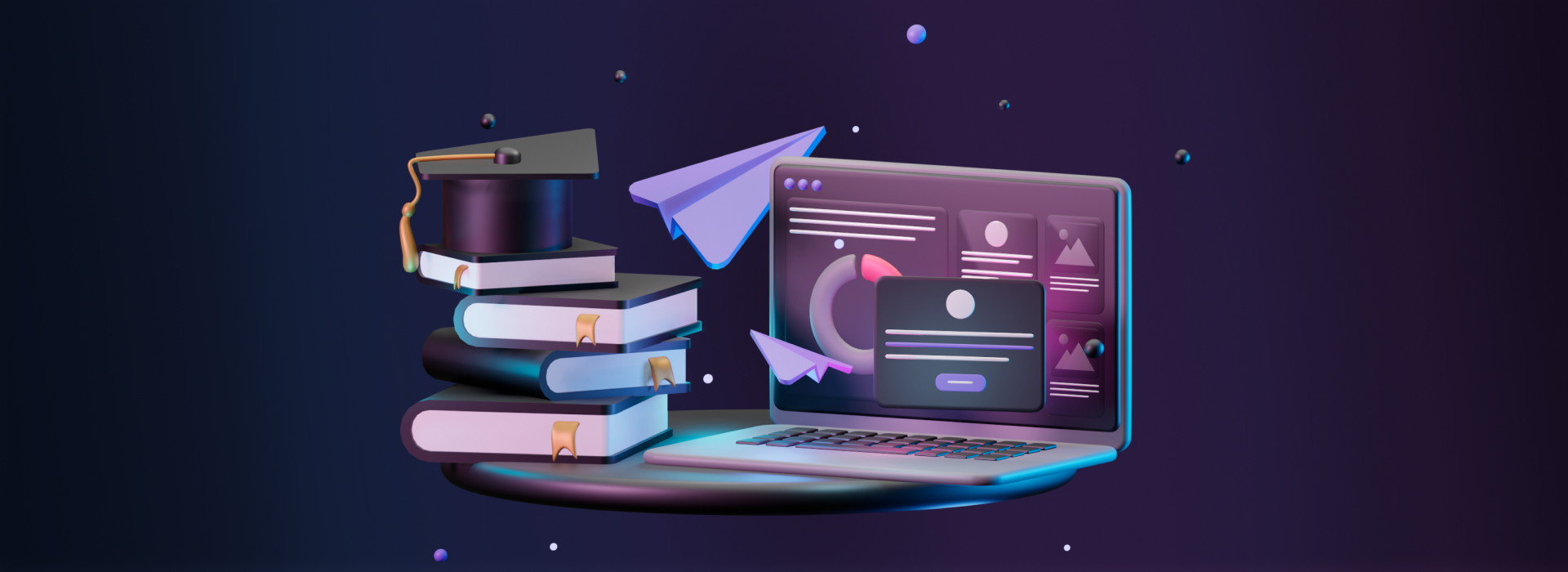Reach your users across all mobile devices
Satisfying users with mobile apps is tricky. While users expect beautiful designs and intuitive interfaces, you have to make those interfaces adapt to a variety of modern devices, and the app itself needs to be highly scalable and well-protected. To achieve all of this, you need a team of mobile app developers with profound expertise who are ready to address these challenges.
From market research to post-release software maintenance, you can leverage our 20+ years of experience in custom mobile application development. Apriorit engineers and quality assurance specialists will build a competitive, well-protected, and user-friendly product tailored to your business needs. We also offer dedicated and well-balanced teams for full-cycle development, gathered with your specific needs in mind and ready to help you kickstart your project in no time.
By delegating mobile app development to Apriorit professionals, you get a product that:
- Engages users across all mobile devices and operating systems
- Provides a flawless user experience thanks to timely updates
- Drives conversions, turning leads into customers
- Protects user data by adhering to strong cybersecurity measures
Mobile app development services from Apriorit
For decades, Apriorit has helped small businesses and large enterprises build niche-oriented, competitive solutions with ultimate quality, security, and performance. Here are the core web development services we can provide for your business:
Native iOS and Android app development
Deliver a secure, reliable, and customizable app that’s native to the platform for fast and seamless performance.
Cross-platform app development
Speed up app delivery, reach a wider target audience, and offer a consistent user experience.
Mobile app backend development
Empower your app with a professionally built back end. Ensure proper performance and future scalability.
PoC and MVP development
Kickstart your project by testing your idea. Get an MVP and PoC built with your expectations and business needs in mind.
UI/UX design
Make your customers love your mobile apps on every platform. Adapt your interfaces to different screen sizes and orientations.
Quality assurance
Receive an app that works flawlessly through thorough testing on a variety of devices and operating systems.
Mobile app testing and security services
Take a security-first approach to your product. Ensure end-to-end protection of sensitive user data and financial operations.
Mobile analytics and app performance optimization
Use gathered data wisely to continuously improve your app. Quickly identify performance bottlenecks and efficiently fix them.
Application maintenance and support
Retain users and customers by keeping your app’s performance smooth and adding helpful features over time.
Types of mobile solutions we create
Whatever purpose your mobile app serves and whatever industry it caters to, Apriorit has you covered. We already have skilled engineers with relevant expertise on board to take full care of your project or enhance your in-house team. Below are just a few examples of types of projects our experts have successfully delivered in line with clients’ expectations:
Sharing economy solutions
Implement IoT systems for building goods and service sharing solutions, like scooter sharing or powerbank rental systems, with integrated payment features.
Mobile device management solutions
Benefit with protected and thoroughly designed enterprise MDM and MAM solutions for securely managing tablets and smartphones.
Mobile traffic filtering applications
Help your customers limit and block access to suspicious and restricted content by offering reliable internet traffic filtering solutions, such as parental control apps.
Wellness and fitness apps
Improve the customer experience with engaging fitness apps for managing gym memberships, selling wellness products, and providing online fitness classes.
Food delivery apps
Stand out among other food delivery projects. Receive a beautiful and bug-free mobile application designed with customer needs and market and competitor research in mind.
Logistics software
Cover in-state delivery or international logistics needs with your app. You’ll get intuitive personal profiles, top-notch status tracking features, and built-in data security mechanisms.
Healthcare and pharmacy solutions
Meet your customers’ needs with secure and easy-to-use telemedicine apps for online consultations and product ordering, navigating customers to the closest pharmacies.
Ecommerce and retail apps
Help your users easily purchase goods and services from their smartphone. Or ensure convenient scan-and-go technology for your retail app.
Finance and banking software
Get highly protected and strictly regulated mobile banking apps, online investment software, and DApps for stress-free international payments.
Control apps for embedded solutions
Enhance your embedded system products, like drone battery charging and data management units, with efficient iOS and Android apps.
Scheduling and organization applications
Allow your users to conveniently plan their business and personal activities with adventure booking apps or products for scheduling and organizing events.
Key technologies we use
Entrust your choice of technology stack to Apriorit’s experienced mobile developers. We’ll make sure that your product can scale to accommodate future growth, meet performance requirements, and fit the agreed budget.
Native iOS app development
Native Android app development
Cross-platform frameworks
Back end
Cloud services
Databases
Native iOS app development
- Objective-C
- Xcode
- Swift
- iOS SDK
- C++
Level up your mobile app development with advanced technologies
If your mobile app development project requires extra data protection, next-level features, or other specific enhancements, Apriorit engineers will help you efficiently implement the following technologies:
Internet of Things
Benefit from having your app collect data from connected devices. Allow your users to manage a home or office powered by connected devices from a single interface.
Artificial intelligence
Leverage machine and deep learning algorithms and models to power your app. Automate operations, gain insights from gathered data, and continuously improve existing features.
Blockchain
Enhance data security and transparency with everything the blockchain has to offer. You can apply this technology to verify user identities, prevent data breaches, and automate operations with smart contracts.
Cloud computing
Improve your solution’s flexibility, scalability, and connectivity without the need for extensive infrastructure. Move your product to the cloud to reduce the time and cost of mobile app development and deployment.
Ready to step up your mobile app development game?
Reach out and start leveraging our experts’ skills to enhance your project.
Why choose Apriorit?
Apriorit clients value our strong focus on data security, dedication to quality, and creative approach to non-trivial tasks.
Mature development process and transparent workflow
Access to a wide talent pool, unique expertise, and rare skills
Assistance in selecting a business-oriented technology stack
Convenient pricing models
Our clients’ success stories
What our clients say about us
FAQ
To establish up-to-date data security in our clients’ products, Apriorit mobile app developers:
<ul class=apriorit-list-markers-green>
<li>Use proven cybersecurity practices and follow guidelines</li>
<li>Continuously upgrade and share our security skills and knowledge</li>
<li>Carefully choose the tech stack, especially if some tools are open-source</li>
<li>Conduct thorough security audits and <a href=/rd-services/security-testing>security testing</a> activities</li>
<li>Perform <a href=/rd-services/penetration-testing-services>penetration testing</a> activities if necessary/requested</li>
</ul>
Mobile app development teams are different for each project. When providing custom mobile app development services, we gather specialists depending on your requirements and project specifics. Along with iOS, Android, or Flutter developers, we usually include UI/UX designers, backend developers, and QA engineers in the team. For some projects, our clients also request Apriroit project managers and business analysts.
To help you ensure the compatibility of your custom mobile application with various platforms and devices, Apriorit engineers can apply different strategies and tools. We start with choosing the right development approach for your project: native, hybrid, or cross-platform. To make your custom mobile app solutions seamlessly adapt to different screen resolutions, we thoroughly test each product to identify and fix potential compatibility issues. Last but not least, we ensure regular product updates and maintenance, as platforms evolve and new devices enter the market.
The answer depends on your business goals and the project’s complexity. Each approach offers its own benefits to the mobile application development process. For example, native apps show better performance and offer access to platform-specific features. Meanwhile, cross-platform applications are cost-efficient and quick to develop, while still providing decent efficiency. Once we receive the details of your project, Apriorit experts will help you choose the most fitting approach, explaining the reasons behind our recommendation.
At Apriorit — a custom mobile app development company with 20+ years of experience — we start thinking of an app’s scalability opportunities at the early product stages. Our engineers create a development strategy with scalability in mind, based on your requirements and needs. Common practices our teams use to ensure solid scalability are:
<ul class=apriorit-list-markers-green>
<li>Configuring a content delivery network</li>
<li>Choosing cloud or serverless technologies</li>
<li>Using proven orchestration tools</li>
<li>Maintaining databases</li>
<li>Keeping code clean and bug-free</li>
</ul>
Check out the latest articles
-
The Ultimate Guide to Cloud-based Application Development
To make sure your software attracts your target audience, it’s essential not only to offer beautiful designs and helpful features but to build the r…
-
Comprehensive Guide to End-to-End Cross-Platform Testing of React Native Apps
Delivering a competitive and attractive cross-platform application is heavily dependent on quality assurance (QA). Your QA team has to ensure that all…
-
How to Reverse Engineer an iOS App and macOS Software
Reverse engineering is the direct opposite of building or engineering an application: you break things down bit by bit to see how they actually work…
-
How to Ensure Your Mobile Banking App Security: Tips and Best Practices
Due to their convenience, mobile banking apps have transformed the way users manage their finances. With a few taps on your phone, you can access your…
-
How to Build a Learning Management System: Apriorit’s Guide
Finding an off-the-shelf learning management system (LMS) that will meet your clients’ complex needs is almost impossible. Often, such solutions are…
-
How to Build a Mobile Device Management (MDM) System?
Smartphones and tablets help organizations streamline their business processes and improve employees’ efficiency. On the downside, mobile devices ar…



















